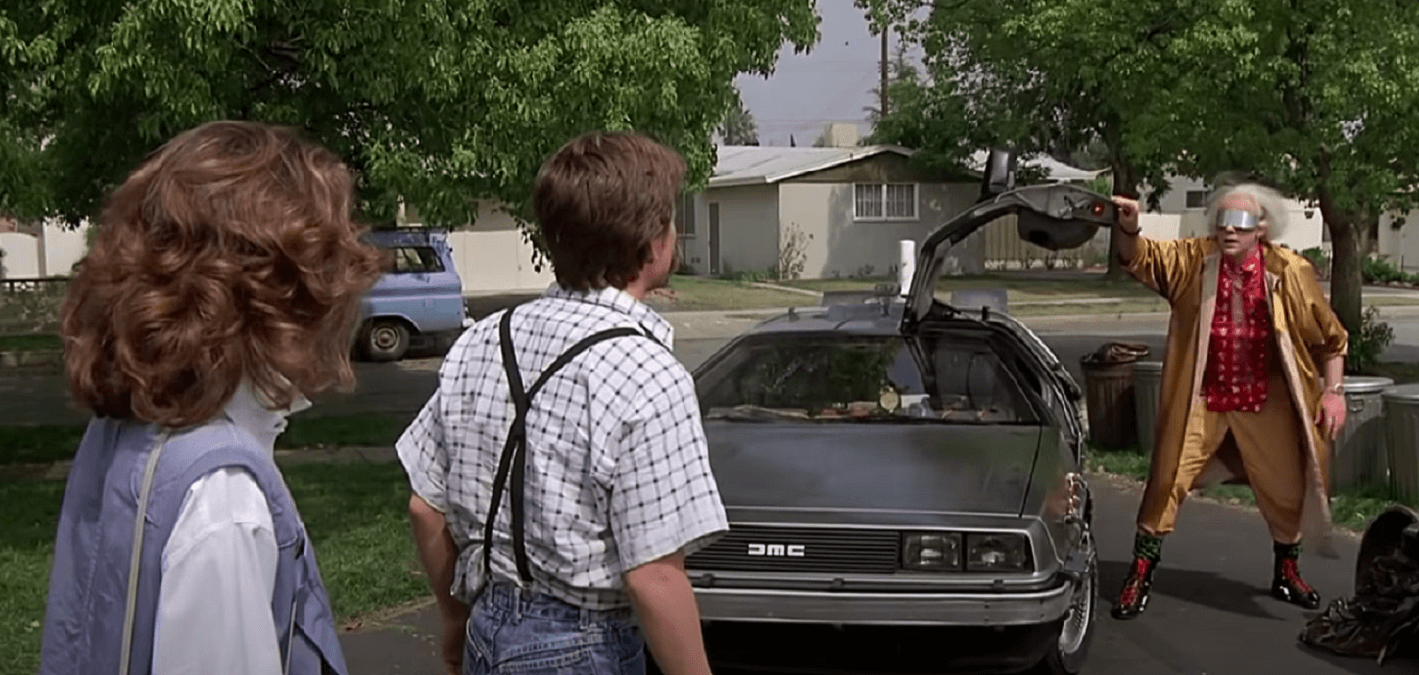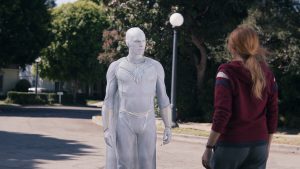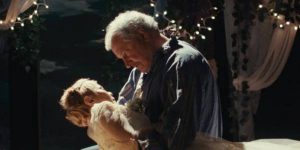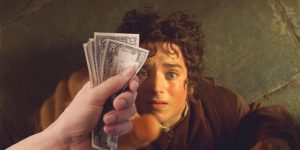
Back to the Future is considered to be one of the greatest time travel films ever made. Having become a hit in the mid-’80s, the sci–fi classic has been discovered by fresh eyes in the four decades since its release with each new wave of fans fascinated by its behind the scenes trivia.
Do you remember the first time you heard that Michael J. Fox wasn’t originally cast as Marty McFly? Do you recall how weird it was seeing footage of Mask star Eric Stolz as Marty, or finding out that the film would have been called Space Man from Pluto if producer Steven Spielberg hadn’t stepped in to stop studio exec Sid Sheinberg from changing the title? Did you know that Marty’s mentor Doc Brown was supposed to have a pet chimp instead of a dog called Einstein?
Depending on how deep down the rabbit hole you’ve gone when picking up Back to the Future factoids, you may also know that the first film was never meant to be anything other than a standalone tale of a high school teen who accidentally travels back in time and has to save his parents’ crumbling marriage. Director Robert Zemeckis and and screenwriter Bob Gale had certainly created a fun twist into the end of the movie, with Marty returning to an altered 1985 and a much improved home life, only to be yanked out of his reverie by a manic Doc Brown. The eccentric scientist tells him that he and girlfriend Jennifer now have to travel forward in time to help out their kids. But that’s all it was supposed to be: a fun twist. Time and again, the filmmakers have stated that they would never have made Jennifer so key to the ending of the first movie if they knew they were going to have to construct a sequel plot that included the character. But that may come as a surprise to those who watched Back to the Future at home later on!
After the film unexpectedly made over $380 million at the box office and became the highest-grossing film of the year, it wasn’t long before Universal execs suddenly warmed to the idea of a sequel, and how better to get people excited for one than by getting the word out far and wide that Marty’s time-traveling story would indeed continue? Unfortunately (or not), the internet wasn’t in the palm of our hands in the 1980s. Social media wasn’t around to spread the happy news that Back to the Future Part II was happening, and the studio considered that to be a real problem. The first movie had never explicitly told viewers that there would be a sequel, so they believed the hype train was still stalled at the station.
But thanks to a healthy VHS home video market, they were able to move ahead with a unique plan to fix that. The theatrical release of Back to the Future may have never promised a sequel, but nothing was stopping Universal from changing the ending of the film to include a cliffhanger tease once the movie was on video! So, when Back to the Future came out on VHS, they decided to insert “To Be Continued …” into the end of the film. Problem solved.
Some viewers swore that “To Be Continued …” had always been displayed onscreen at the end of the movie, and had to be assured that it wasn’t. Then, when Back to the Future hit DVD later on, “To Be Continued …” was removed from the film again, adding to further confusion. But at the time, the temporary VHS measure had worked, going some way to assure fans of the first movie that Marty and Doc would soon be going on another, more futuristic journey.
Although Back to the Future Part II ultimately received mixed reviews from critics and didn’t quite top its predecessor at the box office, it still made $332 million worldwide, and became the third-highest-grossing film of 1989. Director Robert Zemeckis has since reflected on the sequel’s release, saying, “They [the audiences] were absolutely surprised by it. The whole 1985 stuff… we went places the audience was not ready to go. That is some of my favorite stuff in the whole trilogy.”
Ironically, Zemeckis also believes that the sequel was poorly marketed, saying that because it was never promoted as the second part of a trilogy, the audience was frustrated by its cliffhanger ending. Arguably, viewers were less excited than when they’d seen “To Be Continued…” at the end of Back to the Future on their tape at home.
“That inspired us to put that Part III trailer at the end of Part II,” he told Amblin Road. “That way the audience would know there is going to be a third one. This is what it looks like, folks. We shot it. It’s really coming. Again, I feel that back then, when movie promotion didn’t have the internet, people weren’t as savvy about what was in the pipeline as they are today. I think it would have been a smarter move to have let people know it was part two of a three-part series.”
But those fans who didn’t mind waiting for the threequel to arrive, and who had seen “To Be Concluded…” splash across the screen on their VHS copy right before the Back to the Future Part III trailer played out, might have argued that the marketing was just right.
The post Back to the Future’s Ending Was Changed After It Became a Hit appeared first on Den of Geek.





